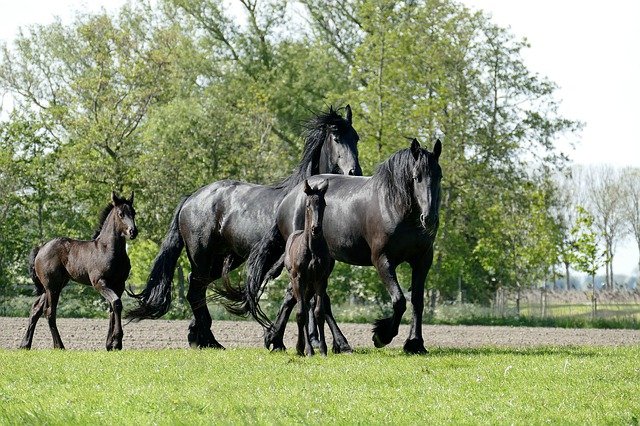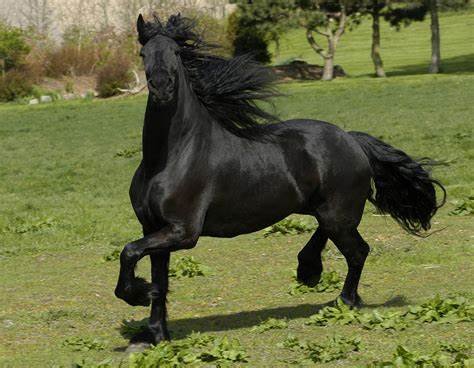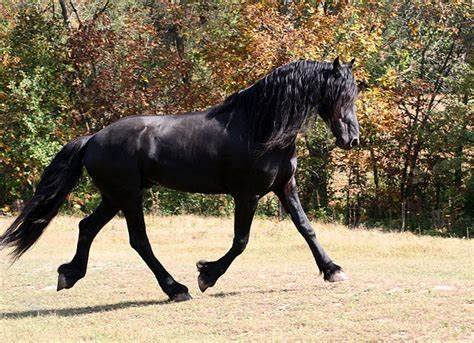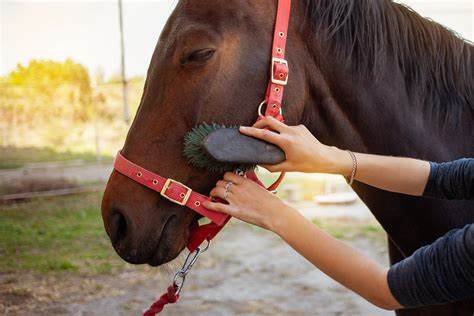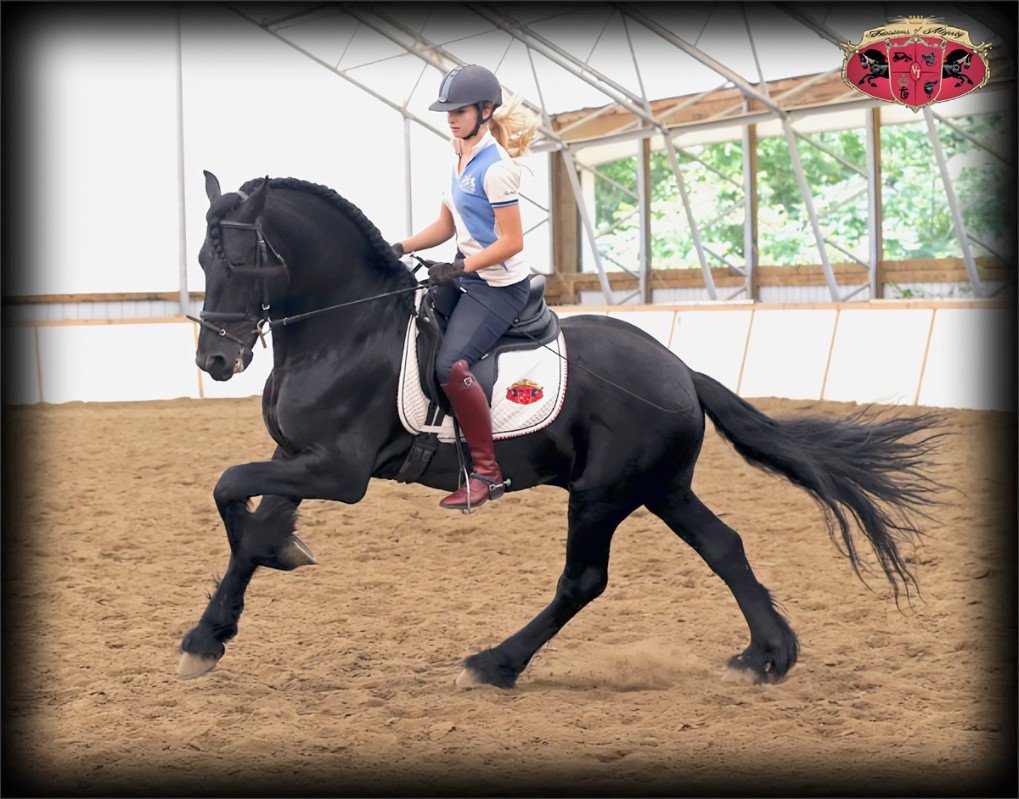Friesian horses have a rich and captivating history that dates back over a thousand years. Originating in the Friesland region of the Netherlands, these horses were once prized for their strength, agility, and versatility. Today, Friesians are celebrated worldwide for their striking appearance, exceptional abilities, and strong cultural ties to Europe’s equestrian heritage. In this post, we’ll explore the fascinating history of Friesian horses in Europe, from their origins to their rise as one of the most beloved and iconic horse breeds.
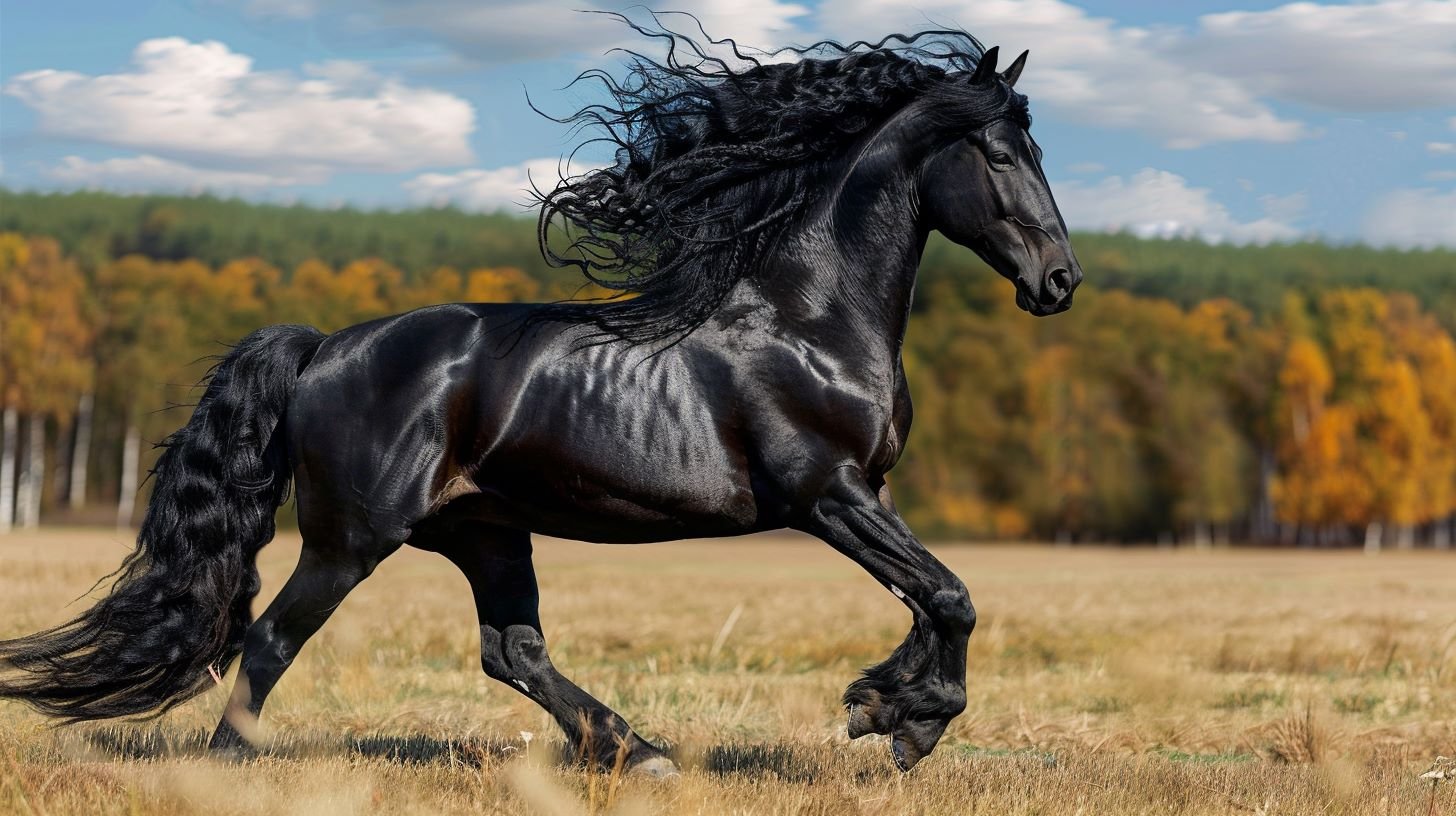
The Origins of Friesian Horses
The Friesian horse’s history stretches back to ancient times, with its roots in the northern part of Europe. Experts believe that the Friesian horse descended from the horses brought to the region by the Celts around 1000 BC. These early horses were likely a mix of horses native to Europe and those brought by the invading Celts and other groups. Over time, these horses were selectively bred for strength, stamina, and versatility, creating the breed we recognize today.
In the early centuries, Friesians were primarily used as war horses. Their impressive size, speed, and stamina made them ideal cavalry mounts. The Friesians’ ability to carry knights into battle made them essential to medieval warfare, particularly during the height of the Frankish Empire in the 8th and 9th centuries. These horses were highly valued for their endurance and capability to maneuver in combat, earning a prominent place in European military history.
Friesians as Royal and Agricultural Horses
As time passed, Friesians shifted from military use to being highly sought after as royal and ceremonial horses. Their elegance, coupled with their strength, made them the preferred choice for royalty and nobility. During the 16th and 17th centuries, Friesians were used to pull carriages, wagons, and royal coaches, especially in the courts of Europe. Their dignified appearance and smooth gaits made them ideal for ceremonial occasions, where they were featured in parades and state events.
In addition to their role in the royal courts, Friesians also became essential working animals in the agricultural economy of Europe. Farmers used them for plowing fields, pulling carts, and performing heavy labor tasks. The breed’s strength and endurance made them ideal for the demanding work on European farms. Friesians were considered some of the most reliable draft horses in the region, contributing significantly to agricultural production.
The Decline and Revival of the Breed
By the 19th century, Friesian horses faced a decline in numbers due to several factors. The advent of industrialization and mechanized farming led to a reduced demand for draft horses. As steam engines and tractors began replacing horses on the farm, the Friesian breed saw a decrease in use, especially in rural areas where mechanization took over traditional agricultural practices.
At the same time, the Friesian horse’s role as a war horse dwindled with the rise of modern weaponry and mechanized warfare. As a result, the breed’s population began to drop, and the once-predominant Friesian horse became increasingly rare in Europe.
However, in the late 19th century, efforts to revive the breed began. Breeders in the Netherlands, where Friesians had originated, worked diligently to preserve and strengthen the breed’s unique characteristics. They crossbred Friesians with other horses, including Andalusians and other warmbloods, to maintain the horse’s strength, stamina, and noble appearance. Through careful selection and breeding, the Friesian horse began to make a comeback.
The Modern Friesian Horse
In the 20th century, Friesian horses experienced a renaissance. Their beauty, combined with their remarkable versatility, made them popular in a wide variety of equestrian disciplines, from dressage and driving to show jumping and therapeutic riding. Their smooth, flowing gaits and regal appearance also made them favorites in films, TV shows, and advertisements, solidifying their place in popular culture.
Today, Friesians are prized not only for their beauty and strength but also for their exceptional temperament. They are known for their calm, gentle nature, making them excellent companions for riders of all levels. Whether competing in dressage competitions, pulling carriages in elegant parades, or serving as therapy animals, Friesians continue to play an important role in European and global equestrian culture.
Friesians in European Equestrian Events
In modern Europe, Friesian horses continue to be celebrated for their contributions to equestrian sports and cultural events. In the Netherlands, their country of origin, Friesians are a symbol of national pride. They are often featured in prestigious equestrian competitions, including the dressage rings at major international events.
Friesian horse history is also an integral part of traditional European festivals and parades, where their striking appearance and noble presence are highly valued. In countries like the Netherlands, Germany, and Belgium, Friesians are regularly seen in cultural celebrations, where they participate in ceremonial rides, carriage drives, and historical reenactments.
Their continued success in competitive dressage is another testament to the Friesian’s versatility and skill. The breed’s natural talent for collecting, high-stepping gaits, and elegant movement have made them stars in the world of classical dressage, with many Friesians excelling at the highest levels of competition.
Conclusion
Friesian horse history in Europe is a story of resilience, strength, and beauty. From their origins as war horses to their role as royal and agricultural animals, Friesians have played an essential part in European history. Though the breed faced challenges during the industrial age, it has rebounded to become one of the most beloved and iconic horse breeds in the world today.
Friesians continue to captivate people with their stunning appearance, impressive abilities, and gentle temperament. As they remain prominent in both competitive equestrian events and cultural celebrations, the Friesian horse’s legacy in Europe endures, ensuring that this magnificent breed will continue to thrive for generations to come.







